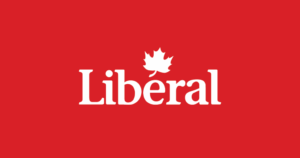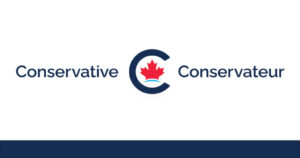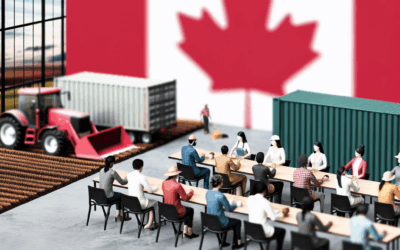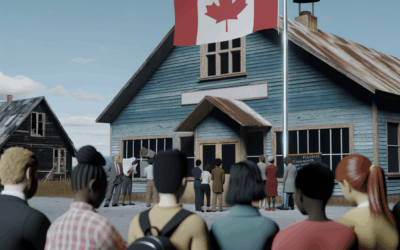Canada’s Housing Crisis: How the Liberals and Conservatives Plan to Fix It
As Canada grapples with an increasingly dire housing crisis, the 2025 federal election is shaping up to be one of the most consequential in recent memory. Skyrocketing rents, soaring home prices, and a growing population have left millions of Canadians struggling to find affordable places to live. From young professionals locked out of the market to families squeezed by monthly mortgage payments, housing affordability is a top concern across the country.
Against this backdrop, the federal Liberal and Conservative parties have unveiled sharply contrasting housing strategies. Each plan reflects deeper ideological differences about the role of government, the power of the free market, and how best to ensure that all Canadians have access to safe and affordable housing.
This article breaks down the key components of both parties’ housing platforms—highlighting what they propose, how they plan to pay for it, and who stands to benefit.

Liberal Party: Ambitious Targets and Government-Led Solutions
Under the leadership of Mark Carney, the Liberal Party has introduced a comprehensive housing strategy that aims to construct 3.87 million new homes by 2031. Their approach emphasizes strong federal leadership, public land development, affordability guarantees, and support for vulnerable populations.

Key Components:
- Housing Accelerator Fund: A $4 billion fund to help municipalities fast-track housing projects, aiming for 100,000 new middle-class homes by 2024–25.
- Public Lands for Homes Plan: Unlocking 250,000 homes by leasing underutilized federal lands to developers while maintaining affordability commitments.
- Financial Incentives: Removing GST on new rental housing projects and expanding the Apartment Construction Loan Program to support over 131,000 rental units by 2031–32.
- First-Time Buyer Support: Launching a Tax-Free First-Home Savings Account and doubling the First-Time Home Buyers’ Tax Credit.
- Skilled Workforce Investment: Funding training programs and speeding up credential recognition for tradespeople to address labor shortages in housing construction.
Conservative Party: Market-Driven Approach with Deregulation Focus
Led by Pierre Poilievre, the Conservative Party proposes a leaner, market-based solution, targeting the construction of 1 million homes over the next three years. The plan centers around reducing regulatory barriers, increasing land supply, and incentivizing private sector investment.

Key Components:
- Regulatory Reform: Tying federal transit funding to municipal commitments for increased housing density around transit hubs.
- Federal Land Utilization: Releasing 15% of the federal real estate portfolio for housing development, building on the Federal Lands Initiative.
- Tax Incentives: Allowing capital gains tax deferrals on rental property sales when reinvested into new rental housing, aimed at boosting private investment.
- Support for Land Trusts: Encouraging donations of land to housing-focused trusts, creating long-term affordable housing options through partnerships with nonprofits.

What’s at Stake in the 2025 Election
As Canadians prepare to cast their votes, the diverging housing visions of the Liberals and Conservatives offer two very different paths forward. The Liberals are betting on an expansive, state-supported model to build for the long term and ensure housing access for lower-income Canadians. The Conservatives are placing their faith in the private sector and deregulation to unleash rapid construction and market-led affordability.
Both approaches carry risks and trade-offs. The success of either strategy will depend on execution, cooperation with provinces and municipalities, and the unpredictable dynamics of Canada’s real estate market. Regardless of political preference, one thing is clear: the next federal government will play a crucial role in shaping where—and how—Canadians live for decades to come.



